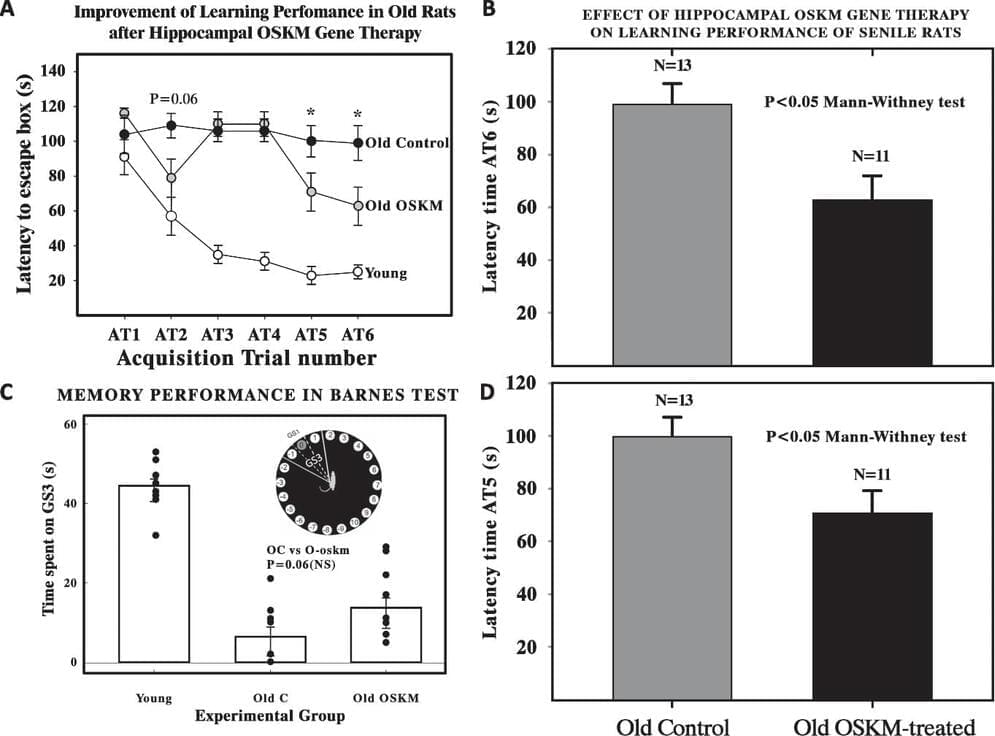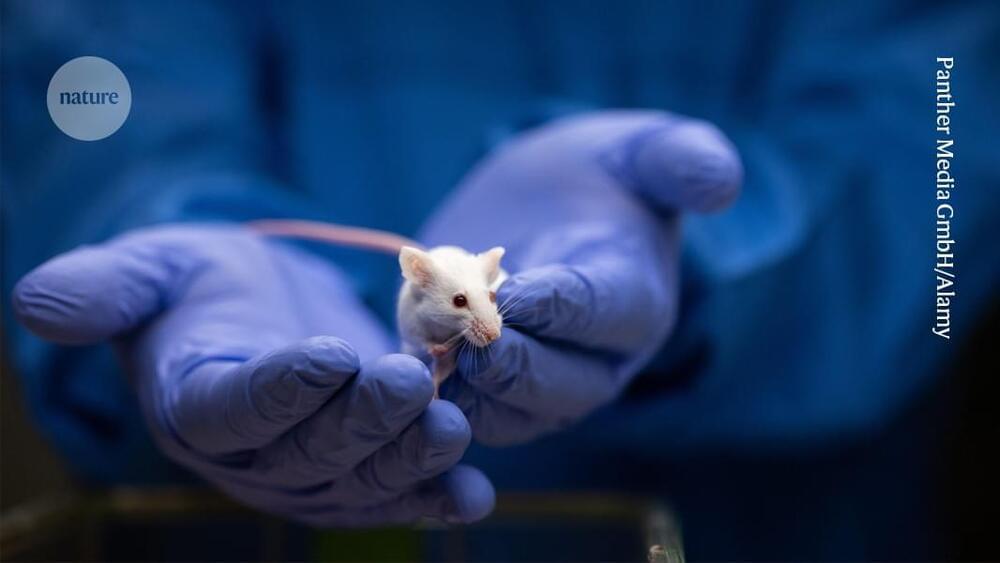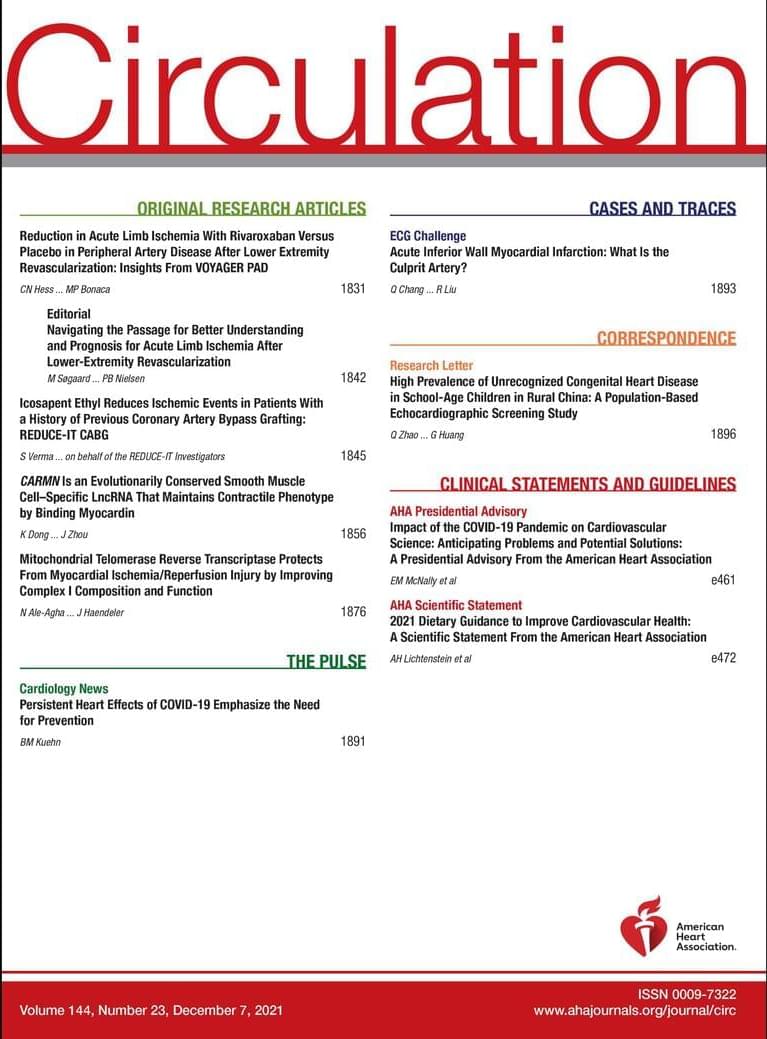Jul 26, 2024
Seeing the consciousness forest for the trees
Posted by Dan Breeden in categories: life extension, robotics/AI
The American public intellectual and creator of the television series Closer to Truth, Robert Lawrence Kuhn has written perhaps the most comprehensive article on the landscape of theories of consciousness in recent memory. In this review of the consciousness landscape, Ãlex Gómez-MarÃn celebrates Robert Kuhn s rejection of the monopoly of materialism and uncovers the radical implications of these new accounts of consciousness for meaning, artificial intelligence, and human immortality.
The scientific study of consciousness was not sanctioned by the mainstream until the nineties. Let us not forget that science stands on the shoulders of giants but also on the three-legged stool of data, theory, and socio-political wants. Thirty years later, the field has grown into a vibrant milieu of approaches blessed and burdened by covert assumptions, contradictory results, and conflicting implications. If the study of behaviour and cognition has become the Urban East, consciousness studies are the current Wild West of science and philosophy.

















